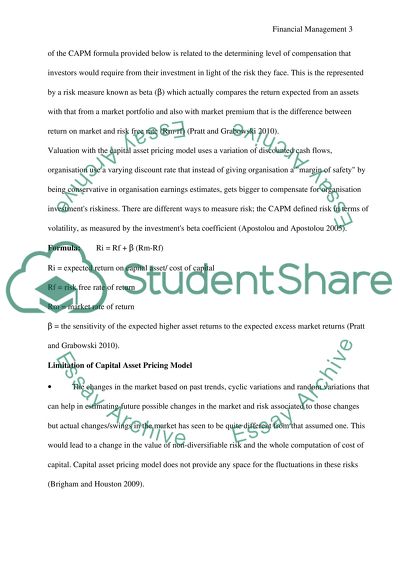Cite this document
(“Financial Management: Rolls Royce Company Essay”, n.d.)
Retrieved from https://studentshare.org/finance-accounting/1395532-financial-management-rolls-royce-company
Retrieved from https://studentshare.org/finance-accounting/1395532-financial-management-rolls-royce-company
(Financial Management: Rolls Royce Company Essay)
https://studentshare.org/finance-accounting/1395532-financial-management-rolls-royce-company.
https://studentshare.org/finance-accounting/1395532-financial-management-rolls-royce-company.
“Financial Management: Rolls Royce Company Essay”, n.d. https://studentshare.org/finance-accounting/1395532-financial-management-rolls-royce-company.


